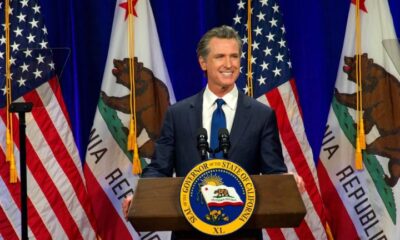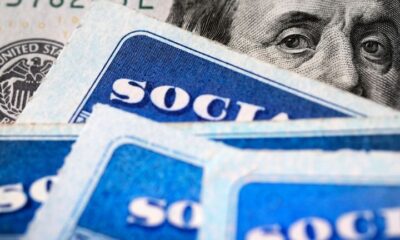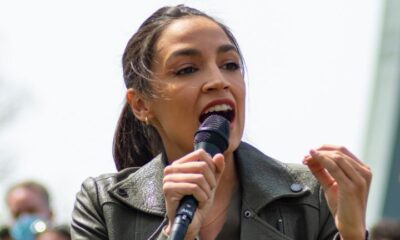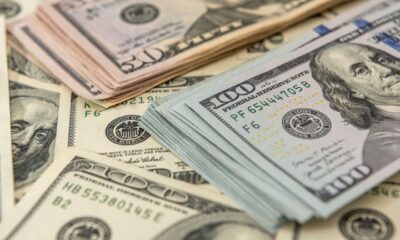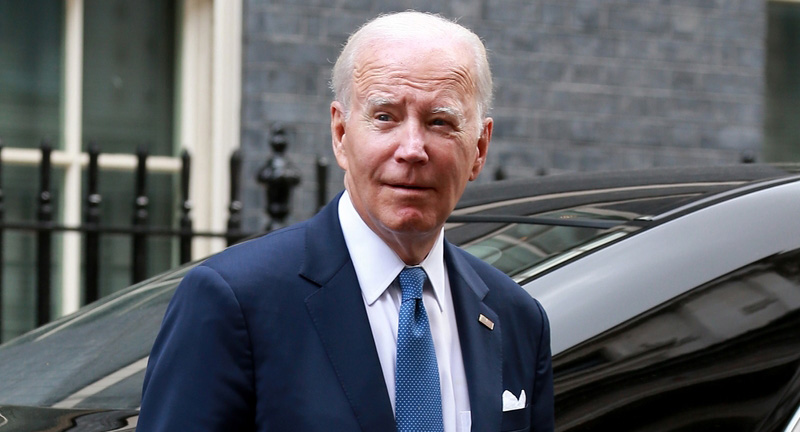
Shutterstock
The nationwide average price for regular gasoline has surpassed $3.50, marking a significant increase of more than 45% during President Joe Biden’s administration, according to ABC News. AAA reports that the price has climbed to over $3.54 per gallon across the country. This substantial rise indicates an overall growth of more than 45% during Biden’s tenure.
Public Sentiment on Biden’s Economic Policies

Shutterstock
Public sentiment regarding the economy during President Biden’s administration has fluctuated between confidence and skepticism, as indicated by the Gallup Economic Confidence Index. This index, which serves as a gauge for the nation’s economic outlook, has experienced highs and lows that reflect the diverse opinions among the American public. Several factors influencing these views include policy decisions, global events, and domestic challenges. As a result, the economic performance of Biden’s administration continues to be a focal point of public debate and scrutiny.
Economic Pressure Tightens

Shutterstock
Consumers are feeling the pressure from rising costs in the current economic climate. Every aspect of daily life is affected by these expenses, impacting how individuals and households manage their budgets. People are now more mindful of their spending habits, making intentional choices to reduce expenditures in order to stay within their financial limits.
Oil Industry
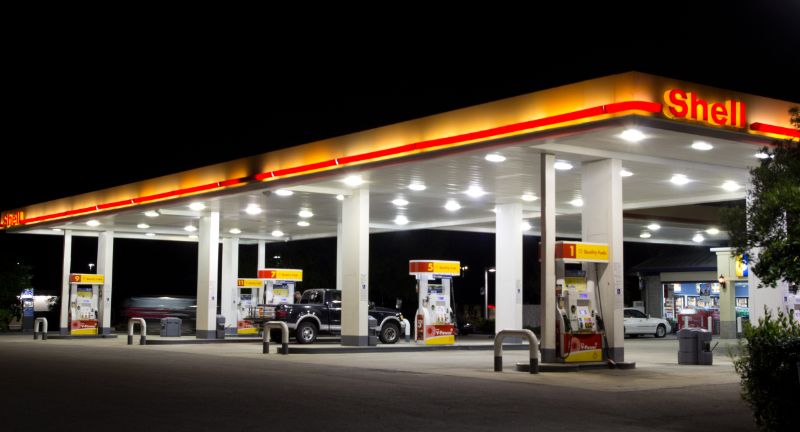
Shutterstock
Goldman Sachs predicts that gasoline prices could reach $4 per gallon by May. Several factors are driving oil prices higher, including expected continued production cuts by OPEC+ and rising tensions in the Middle East. Yahoo News’ Ines Ferre reported these developments, indicating that consumers and businesses might face a costly period ahead.
Steering Economic Recovery
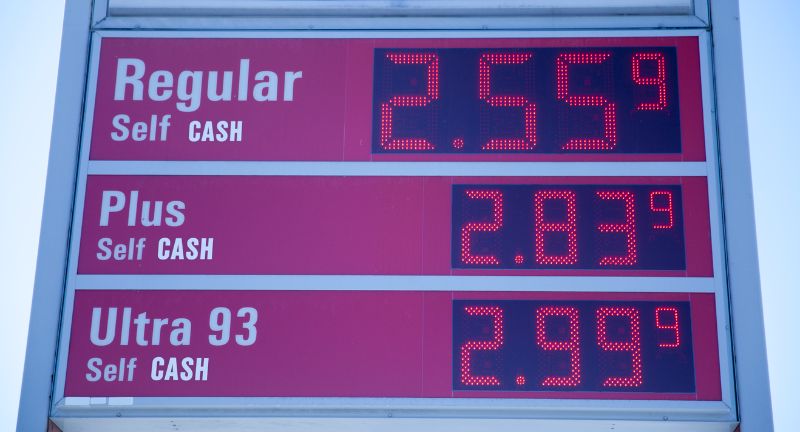
Shutterstock
To address these subtleties, the administration is focusing on job creation and enhancing wage growth alongside boosting consumer confidence to guide the economic course. This approach underscores the common belief that a strong labor market with meaningful wage improvements is crucial for economic stability and growth. In critical areas such as food, fuel, education, and health, efforts are being made to mitigate the impact of inflation. These measures form the foundation of a robust economy that the government is advocating. Such strategies are essential to navigating current economic challenges and paving a positive path for the future.
Strategies for Economic Recovery
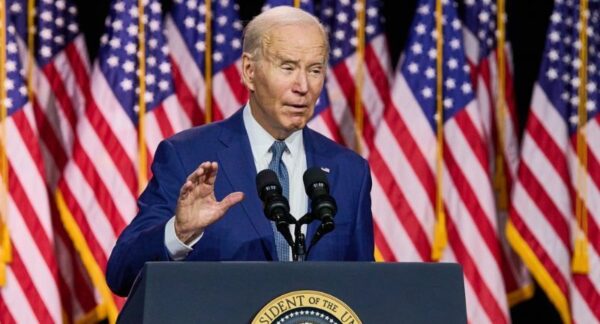
Shutterstock
Key strategies for economic recovery include managing inflation, boosting consumer purchasing power, and helping households reduce debt. These measures aim to stabilize the economy and enhance financial well-being, laying the foundation for long-term prosperity. The government plays a crucial role in lessening the financial burdens on families, thereby fostering inclusive economic growth. This comprehensive approach highlights both the severity of current challenges and the necessity of planning for future stability.
Key Factors Behind Rising Gas Prices
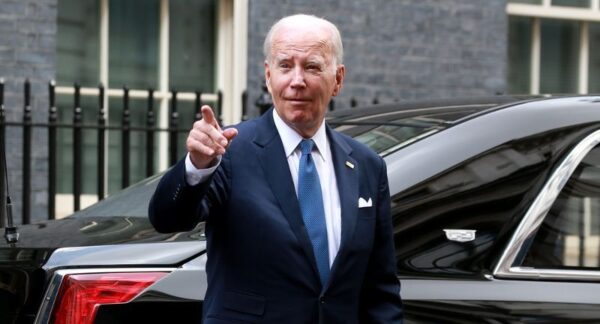
Shutterstock
The continuous increase in gas prices is driven by a combination of industry dynamics and political influences. Notably, President Biden’s policies impacting American energy independence, along with the ongoing unrest in regions such as the Middle East and Ukraine, are major contributors to the rise. This scenario highlights the intricate relationship between geopolitical tensions and domestic policy decisions on fuel costs.
World Supply Chain Issues
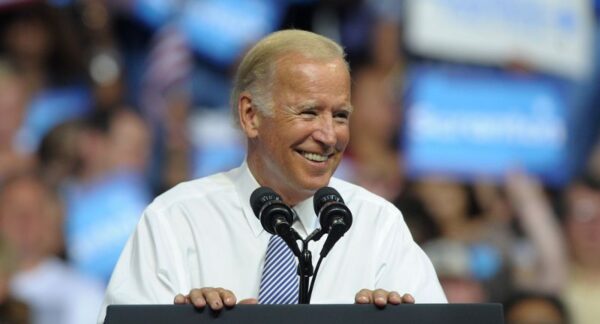
Shutterstock
The administration is taking steps to alleviate pressure on supply chains and promote job creation as part of a comprehensive strategy to address the economic environment. This approach includes enhancing logistics, facilitating investments for small businesses, and workforce development to ensure economic recovery. The goal is to establish a stable and efficient supply chain that supports economic revival and growth. Additionally, the focus is on job creation, which aims to provide opportunities and stimulate activity across diverse sectors.
Range Of Factors
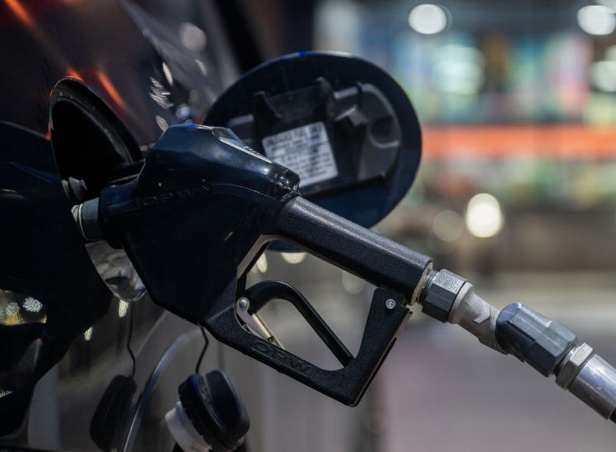
Shutterstock
The resurgence of inflation has been attributed to a diverse array of causes, including supply chain disruptions, labor shortages, and altered consumer behaviors resulting from the pandemic. These elements collectively created a perfect storm, significantly impacting prices across various sectors. Consequently, both businesses and consumers face a challenging economic environment. This complex situation highlights the interconnected nature of the global economy and underscores the significant unpredictability within financial markets.
Rising Costs
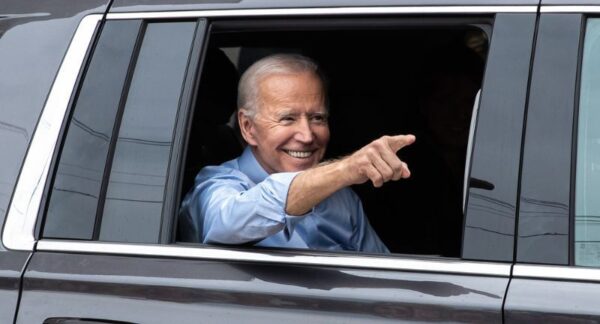
Shutterstock
The intricate factors at play have led to a climate of elevated prices, capturing public attention and shaping the population’s views on the economy during the Biden administration. This situation has sparked significant debate and analysis aimed at understanding the underlying causes. This period has witnessed intense discussions—arguably the most serious among policymakers and economists—regarding the future course of action. Consequently, these issues have become a focal point for both supporters and critics of the administration.
Clarifying Economic Strategy
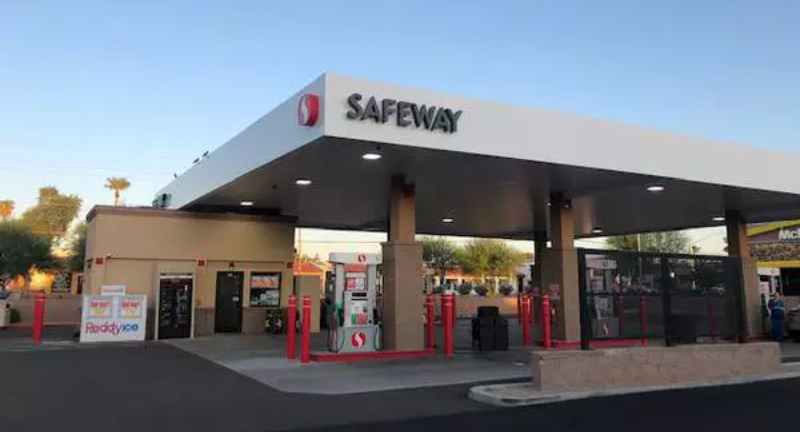
Shutterstock
It is now the responsibility of President Biden and his team of policymakers to elucidate the nuances of each economic indicator and the related policies—almost as if they are revealing a deeper cultivation of the economic landscape. In short, this effort aims to make complex economic concepts easily comprehensible to the general public, enabling common discussions on economic strategies to be conducted in an informed manner. Through this initiative, the administration seeks to demystify economic processes and policy decisions, making them more accessible and clear to the populace. By doing so, the Administration hopes to build greater confidence in the government’s management of economic affairs and policy direction.
Pre-Lockdown
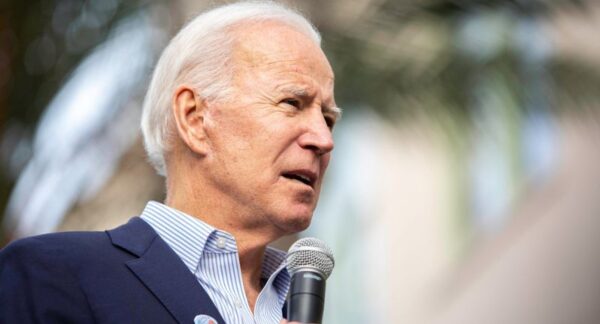
Shutterstock
Before the year 2020, the average price for a gallon of gasoline was approximately $2.70. The following year saw a slight reduction, averaging around $2.50 per gallon. This minor variation highlights the volatility in fuel prices, which are heavily influenced by market dynamics, fluctuations in crude oil prices, and political factors.
Bidenflation
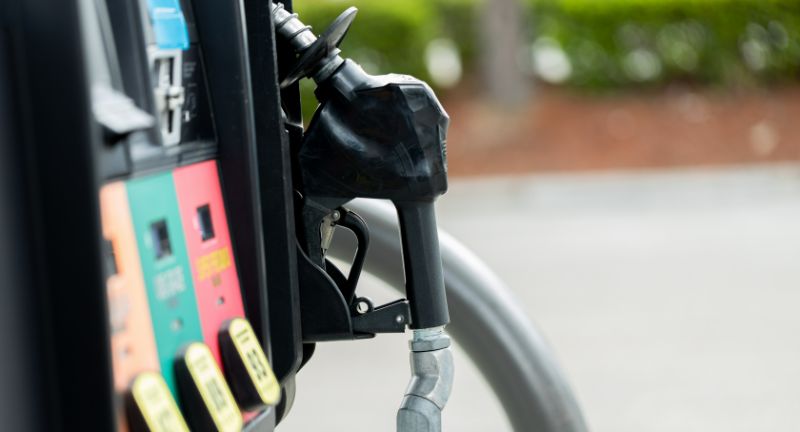
Shutterstock
“Bidenflation” has emerged as a significant term in discussions surrounding President Joe Biden’s economic policies. It encapsulates the economic conditions, policy decisions, and public concerns that have developed during his tenure. This term has become a shorthand for the intricate interplay of economic factors and the outcomes of various policies enacted during his presidency.
Post Lockdown Challenges
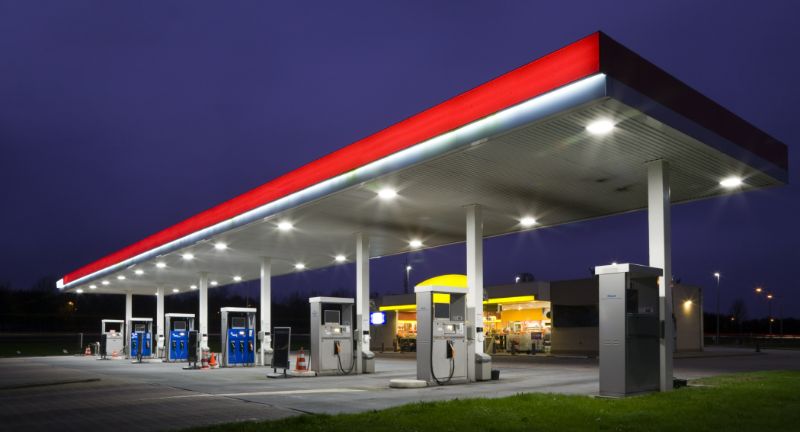
Shutterstock
The president has been actively working on several policies, including stimulus checks, as part of efforts to revive the economy and address the challenges resulting from the pandemic. These measures aim to rejuvenate critical areas, ensuring that the country effectively recovers from its current difficulties. The administration has focused on the pandemic’s impact on the workforce and the supply chain. The government has emphasized that investments in infrastructure and technology will enhance the nation’s long-term growth and stability.
Future of Gas Prices Looks Grim
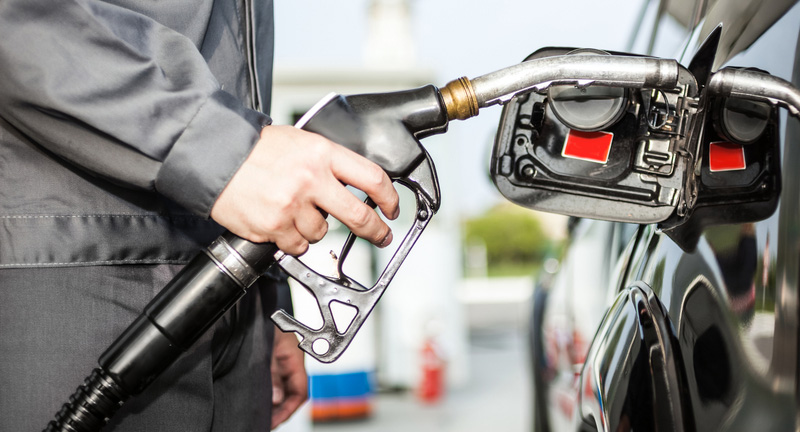
Shutterstock
Expecting a decrease in gas prices soon may not be realistic. As summer continues, travelers should prepare for elevated expenses. Adjust your budget to account for the higher fuel costs that come with summer trips and vacations. This will aid in managing both expectations and financial planning during this period of persistently high fuel prices.
Price Fluctuations
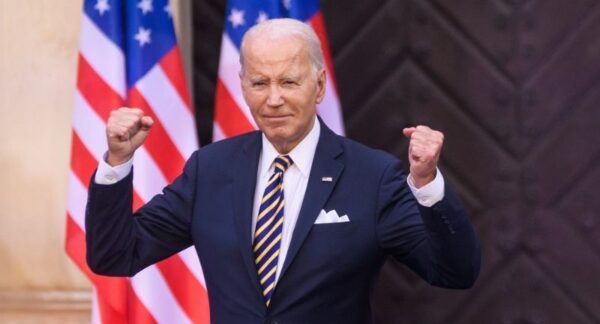
Shutterstock
Do not worry about prices increasing to unprecedented levels that will be maintained throughout; it is a common practice across the industry. Variation in pricing is normal and should not be viewed as an exaggerated increase. This aspect should be seen as a cycle that will attain stabilization after some time.
Bidenflation Debate

Shutterstock
The term ‘Bidenflation’ has become a contentious point in public discourse, significantly influencing voter perceptions of the current administration’s economic management. This term encapsulates the controversial discussion surrounding inflation rates and economic policies, serving as a focal point for critics. It highlights the polarized nature of political conversation in the US, where economic issues are often viewed through an ideological lens. As a result, ‘Bidenflation’ has evolved from a simple descriptor to a critical aspect of the debate over economic governance and policy effectiveness.
Future Concerns
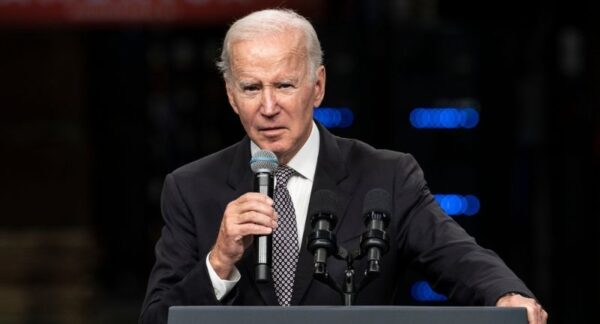
Shutterstock
The 9% rate in June was the highest in over 40 years and has significantly troubled the US economy. This situation has raised alarm and diminished consumer confidence. Policymakers are contemplating a variety of measures in response. What had once seemed like abstract legislation to many Americans is now impacting their finances directly, with these costs being transferred to families.
Consumers Choosing Affordable Vehicles Amid Rising Gas Prices
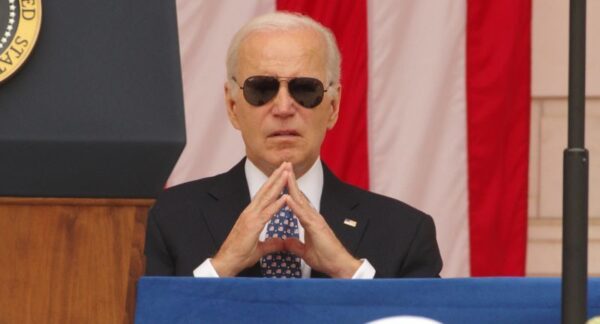
Shutterstock
Gas prices have been steadily increasing for several consecutive days, leading consumers to rethink their vehicle choices with a strong emphasis on affordability. In an effort to mitigate the financial impact of rising fuel costs, people are now increasingly gravitating towards more fuel-efficient or alternative fuel vehicles, diverging from their past preferences. This shift underscores the growing necessity to adapt to economic pressures by selecting cars that help lower ongoing expenses.
Rising Fuel Costs
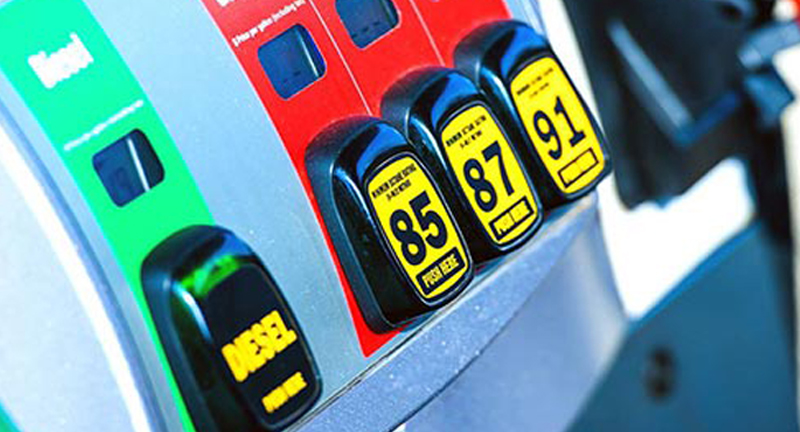
Shutterstock
Gas prices have surged by 20 cents in the past month, now reaching $3.34 per gallon. This represents nearly a dollar increase from the $2.38 per gallon rate at the end of President Trump’s administration. The notable rise underscores the inherent volatility of fuel prices and the consequential effects on both the economy and consumers.
Current Gas Prices Compared to Lockdown Levels
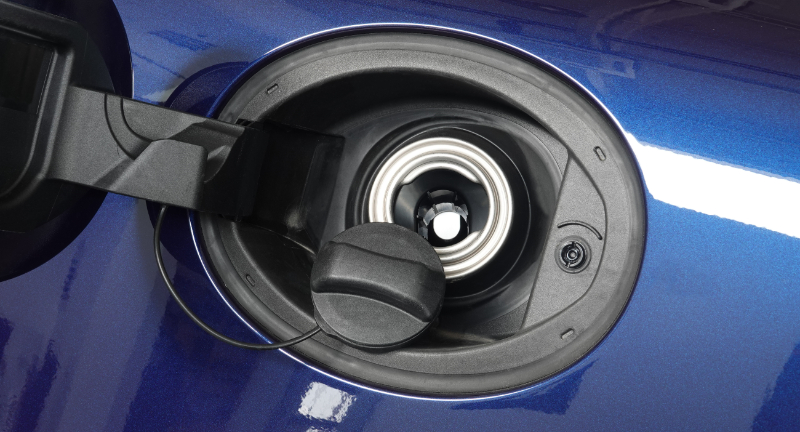
Shutterstock
Gas prices today are notably higher than during the pandemic lockdowns, when they were unusually low. However, these prices are still within historical ranges and this trend is not unprecedented. In fact, gas prices were roughly similar several years ago and even reached higher levels at times.
Conclusion

Wikipedia
The rising cost of gasoline is a significant issue that impacts both personal finances and the broader economy. This highlights the necessity for thorough strategies to tackle the underlying causes, like supply chain interruptions and geopolitical conflicts, while also investigating sustainable alternatives to lessen reliance on fossil fuels. Promoting consumer awareness and the use of energy-efficient practices is an essential step in countering increasing fuel prices. Addressing this problem requires the combined focus and coordinated actions of policymakers, industry leaders, and consumers.






















